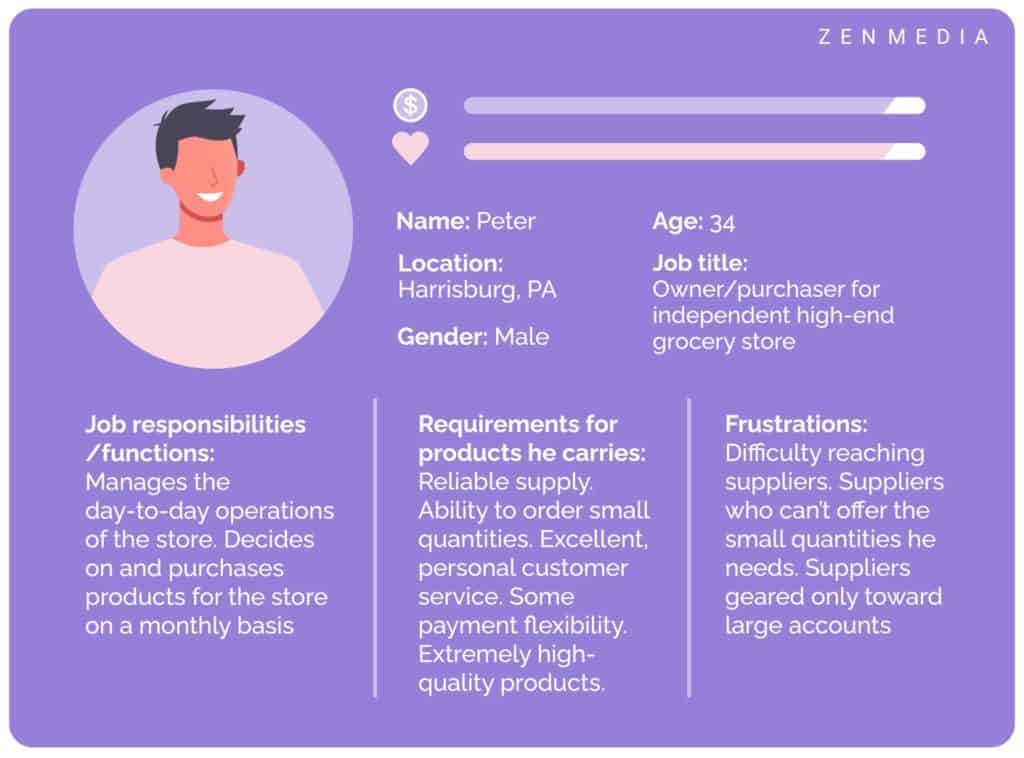Bringing a product to market is a high-stakes, often high-stress, endeavor that requires its own specific marketing strategy.
While the campaign itself might not kick off until a week before you launch, especially if you’re working on your product down to the wire, the planning phase has to start much earlier than that.
In this post, we’ll go through the seven steps you need to go through in order to develop a comprehensive go-to-market strategy.
Why do you need to create a go-to-market (GTM) strategy?
No matter how amazing and innovative your product, if you don’t market it correctly—if you don’t target the right audience, nail down your messaging, or promote it widely enough—the product is likely to end up making just a tiny ripple, instead of the huge splash you’re hoping for.
A go-to-market strategy helps you prepare well ahead of time so that you know who you’re targeting and how you’re targeting them.
In addition, launching a product involves coordination between several different teams, from product design to sales and marketing. Without a clear, documented strategy, it’s easy for tasks and deadlines to slip through the cracks.
What should be included in your go-to-market strategy?
Your GTM strategy should include:
- Your target audience and buyer personas
- Brand messaging
- Content strategy
- Social strategy (including paid ads)
- PR strategy
Now, let’s go through the steps you need to take to develop your GTM strategy.
Step 1: Identify your target audience and create buyer personas.
This is the first step in creating your GTM strategy. Who are you selling to? Who are you trying to reach with your marketing?
Ideally, the product development team will have already nailed this down fairly well during the development stages, so all your marketing team will have to do is take that information and create buyer personas.
Here’s a brief primer on how to do that. For more in-depth info, read The Ultimate Guide to Buyer Personas.
First, separate your buyers into broad, generalized groups.
Before you can start coming up with specific individual personas, you need to start big.
Who do you sell to? Let’s pretend you work for a company that sells premium ice cream to gourmet grocery stores.
Your broadest personas would therefore be:
- Wholesale purchasers for major gourmet grocery chains
- Wholesale purchasers for smaller, high-end grocery stores
Next, decide what questions about each persona you’re going to answer.
For each buyer persona, you’ll answer several questions. The important thing is to decide which questions are relevant to the product you’re taking to market, as well as how you’re going to get the data you need to answer those questions.
Some typical data points you’ll want for each persona are:
- Age
- Gender
- Location
- Job title
- Job functions
If you use a CRM, then you likely have demographic data on the people you deal with as well as job title information. Your sales team may also track this information differently, so check with them as you’re going through this process.
Your digital analytics tools can also offer lots of this information.
Then, you’ll need to focus in on pain points: What kind of frustrations or obstacles does this person confront in their job? What makes their job easier? What does he or she need from a supplier?
Finally, go to your customer to get answers.
Related post: Who is Your Customer? Your Guide to Creating the Perfect Customer Profile
When you’re looking for answers to these sorts of questions, analytics will only get you so far. A better way to get real information is to interview prospects and current customers, and, if you can, former customers or customers who have had complaints about your product or service in the past.
To find people who might be open to being interviewed, start with your sales team. They’ll likely have a good feel for customers who may be interested in talking with you and who will give you candid answers.
Another option is to create an online survey that you place on your website.
Once you’ve got this information, you’ve got your first buyer persona. Give this hypothetical person a name, age, job title, and fill in any other details about pain points or needs that you can. Here’s a simple example.

Step 2: Nail down your messaging.
Using your personas as a guide, develop the messaging you’ll use for each persona.
It’s best to start with one overarching message, which you can then adapt for your different audiences.
For example, you’ll have the messaging that you post on your website and social channels. That is your main messaging.
Then, as you’re creating paid ads, sending PR pitches to reporters, and hosting virtual or in-person events for specific groups, you’ll be able to develop messaging that’s tailored specifically to the people you’re talking to.
Step 3: Develop your content strategy.
Content is the backbone of any B2B marketing strategy in 2022, so this is a critical step that deserves some time and resources.
Start with your owned content: your blog, your website, your social channels, YouTube channel, etc. Decide where your new product information will live—will you develop a landing page? Add it to your existing product menu? Will you create a pop-up or announce it in your newsletter?
It’s also important to plan out a blog post (ideally more than one) announcing your new product. Since you can write this in advance, have it ready to go and scheduled before the big day.
Next, it’s time to map out any video content you’ll be creating. Will you record it in advance or live stream? Do you have someone who’s comfortable being on camera? Do you have whatever equipment you’ll need?
A month or so in advance, take the time to draw up your content calendar with the different topics, formats, and release dates you’re planning. Having this information in a master document will make the entire process much easier.
Step 4: Develop your social media strategy, including paid ads.
How will you use your social channels to connect with your audience? You’ll need to identify which audiences are on which social platforms, and tailor your content accordingly. This is one place where your different messages will come into play.
Some social media marketing ideas to consider include:
- Working with influencers to promote your new product and boost awareness
- Hosting a giveaway or contest
- Encouraging user-generated content (UGC) through hashtags and requests for photos, etc.
In terms of paid ads, social platforms are an ideal place to begin your ad strategy, especially if you’ve already got a strong following.
The cold hard truth is that there’s just too much content online for your posts to go far organically, at least beyond the people who are already following you (and realistically, they’ll only see some of what you post unless they purposely seek your content out). So boosted posts, along with ads that allow users to “Shop Now” via Instagram, Pinterest, or Facebook should be an important part of your overall GTM strategy.
Step 5: Develop Your PR Strategy
A public relations strategy should be integrated with your larger marketing strategy. This way, you’re able to build your reputation and consumer trust in your company as a whole, which will support the success of not only your latest product but also your previous product line.
Your PR efforts will also build a stronger foundation for any future releases, pivots, or changes your company decides to make.
Depending on your own team’s capabilities and resources, you may want to consider outsourcing your PR to an agency—PR agencies have the press contacts, pitching expertise, and often, content creation resources, that are necessary for any big PR push.
You’ll want to look beyond the traditional PR opportunities like interviews in print and digital publications, TV, and YouTube shows. It’s also a good idea to explore opportunities with prominent blogs in your industry, influencers, TikTok creators, prominent leaders on LinkedIn, and more. You can also explore things like Product Hunt campaigns and being a guest on a live stream or podcast.
Step 6: Tie it all together for your launch day (or week or month).
Whether you’re going with a soft launch, a huge launch day, or a longer-term week or month release, make sure your content marketing, social media marketing, and PR efforts are all guiding your audience to the ultimate release of your new product.
Plan to have content that will go live on the day of your launch, and make sure it has all of the information users will need to find your product, explore it, and decide whether it’s right for them.
That could take the form of:
- A video demo that you post on YouTube and social channels
- A live stream with a Q&A and a live demo
- A blog post announcing the launch
- Social posts announcing your launch
- A roundup of your media hits about the new product that you release on your blog and post about on social
This is also the time to have tight, concise messaging that speaks directly to your audiences, so you’ll want to make sure what you’ve developed by this point is as streamlined and high-quality as possible.
Launching a product is a huge endeavor, but with a strong go-to-market strategy you can ensure that you get the right eyes on your new product at the right time.
Need some help? Our team of strategy-first experts is ready to talk.





